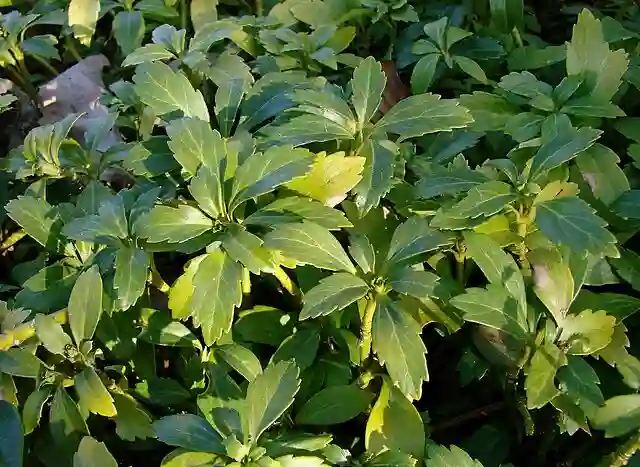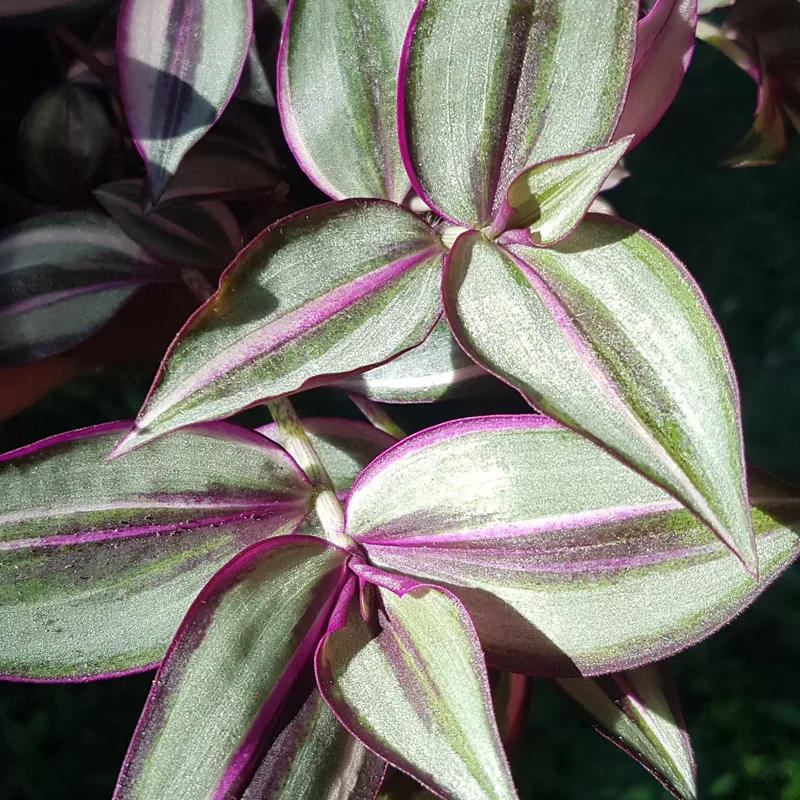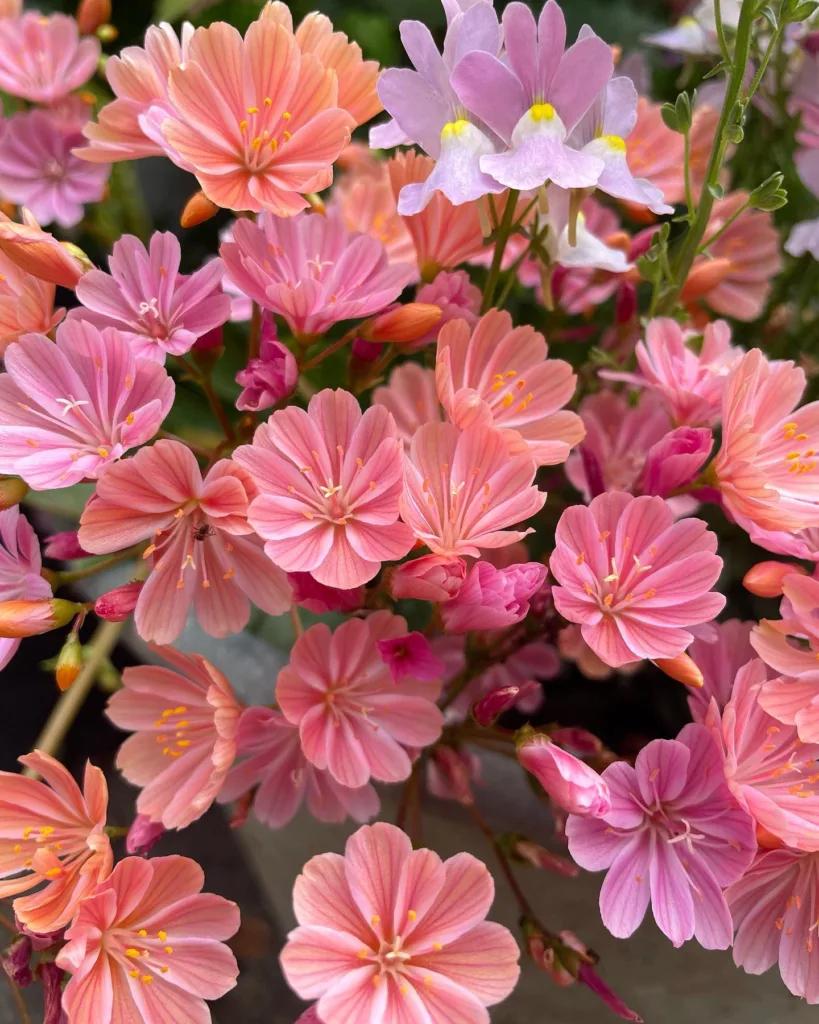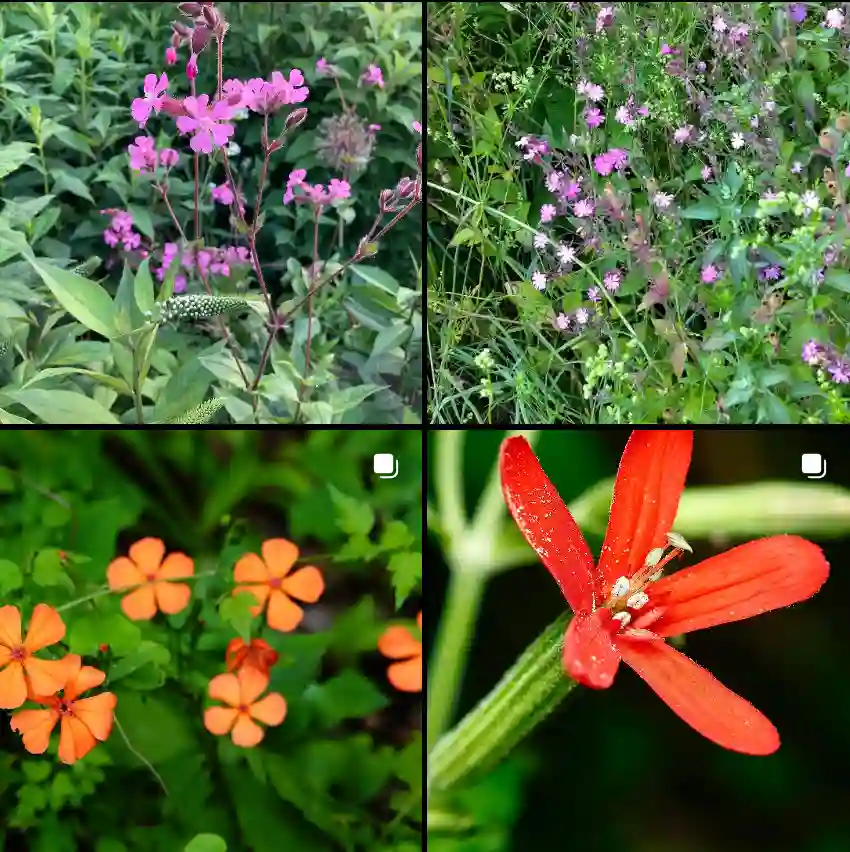Portulacaria Afra Kaleidoscope: Frequently Asked Questions
I’ve always been fascinated by succulents, and one of my favorites is the Portulacaria Afra Kaleidoscope, often simply called the Portulacaria Kaleidoscope. Its colorful foliage and easy care make it a standout in any succulent collection. Over time, I’ve gathered some common questions that people often ask about this unique plant, so I thought I’d share my insights based on my experience.
What is Portulacaria Afra Kaleidoscope?
Portulacaria Afra Kaleidoscope, or Portulacaria Kaleidoscope Succulent, is a variegated form of the more common Portulacaria Afra, also known as the “Elephant Bush” or “Spekboom”. Unlike the solid green variety, the Kaleidoscope sports vibrant leaves with shades of green, cream, and pink, making it a visually stunning addition to any garden or indoor space. The succulent is native to South Africa, where it grows as a small shrub, but it can be easily grown in pots or as a bonsai.
How to Care for Portulacaria Kaleidoscope?
Portulacaria Kaleidoscope care is relatively straightforward, which is part of why I love this plant so much. Here are the key points to keep in mind:
- Light: The Portulacaria Kaleidoscope thrives in bright, indirect light. If you’re growing it indoors, a sunny window is ideal. Outdoors, it can handle full sun, but in very hot climates, some afternoon shade might be beneficial to prevent leaf scorch.
- Watering: Like most succulents, the Portulacaria Kaleidoscope doesn’t need a lot of water. Allow the soil to dry out completely between waterings. Overwatering is the most common cause of problems, leading to root rot. In my experience, watering every 10 to 14 days works well, but this can vary depending on the climate and season.
- Soil: Well-draining soil is a must. I use a mix specifically designed for succulents and cacti. This helps to prevent the roots from sitting in water, which can be detrimental to the plant.
- Temperature: The Portulacaria Kaleidoscope prefers warm temperatures and is not frost-tolerant. If you live in a colder region, it’s best to bring the plant indoors during the winter months.
- Feeding: Fertilizing isn’t necessary, but a light feeding with a balanced, water-soluble fertilizer during the growing season can encourage more vibrant growth. I typically fertilize mine once or twice a year.
How to Propagate Portulacaria Kaleidoscope?
Propagating the Portulacaria Kaleidoscope is a fun and rewarding process. I usually do this by taking stem cuttings. Here’s how I do it:
- Cutting: Take a healthy stem cutting, about 4-6 inches long, from the mother plant. Make sure the cut is clean to avoid infection.
- Drying: Allow the cutting to dry out for a few days. This helps the cut end to callus over, reducing the risk of rot when planted.
- Planting: Once the cutting has callused, plant it in well-draining soil. I use the same succulent soil mix that I use for mature plants.
- Watering: After planting, water sparingly. I wait until the soil is completely dry before watering again. Within a few weeks, the cutting should start to root, and new growth will follow.
What to Plant with Portulacaria Kaleidoscope?
The Portulacaria Kaleidoscope pairs beautifully with other succulents and drought-tolerant plants. I like to plant mine alongside varieties like Sedum, Echeveria, and Aloe. These plants share similar care requirements, creating a cohesive and low-maintenance garden. The contrasting colors and textures between the Portulacaria Kaleidoscope and other succulents can create a stunning display.
Common Issues with Portulacaria Kaleidoscope
Even with the best care, you might encounter a few issues with your Portulacaria Kaleidoscope. Here are some common problems and how to address them:
- Overwatering: As mentioned earlier, overwatering can lead to root rot. If you notice your plant’s leaves becoming mushy or translucent, it might be getting too much water. In this case, reduce watering frequency and ensure the soil is well-draining.
- Pests: While relatively pest-resistant, the Portulacaria Kaleidoscope can sometimes attract mealybugs or spider mites. I’ve found that wiping the leaves with a cotton swab dipped in rubbing alcohol can help eliminate these pests.
- Leggy Growth: If your plant starts to stretch out and become leggy, it’s likely not getting enough light. Move it to a brighter location to encourage more compact growth.
Final Thoughts
The Portulacaria Afra Kaleidoscope is a resilient and beautiful succulent that can thrive with minimal care. Whether you’re a seasoned gardener or a beginner, this plant is a great addition to any collection. By following the basic care tips and addressing issues as they arise, you’ll be able to enjoy the vibrant colors and unique appearance of the Portulacaria Kaleidoscope for years to come.
If i die, water my plants!



